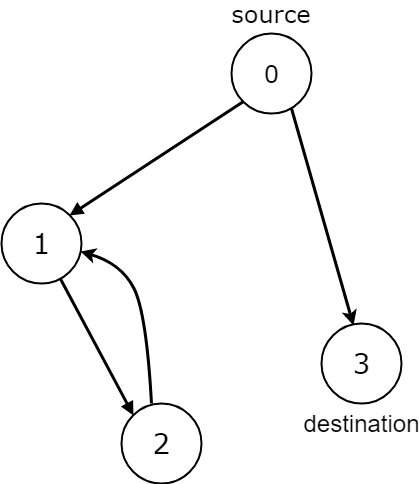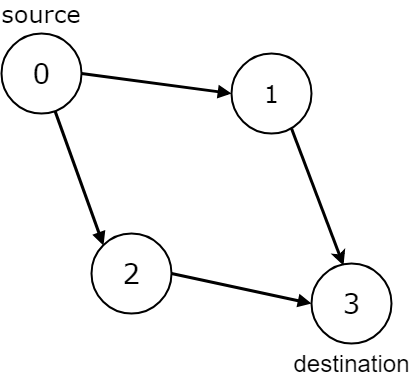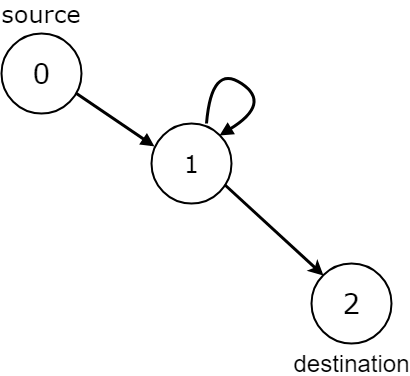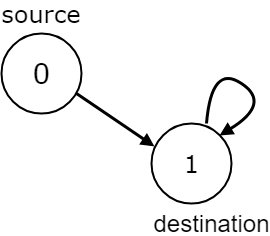原题说明
Given an array A of integers, return the number of non-empty continuous subarrays that satisfy the following condition:
The leftmost element of the subarray is not larger than other elements in the subarray.
Example 1:
Input: [1,4,2,5,3]
Output: 11
Explanation: There are 11 valid subarrays: [1],[4],[2],[5],[3],[1,4],[2,5],[1,4,2],[2,5,3],[1,4,2,5],[1,4,2,5,3].
Example 2:
Input: [3,2,1]
Output: 3
Explanation: The 3 valid subarrays are: [3],[2],[1].
Example 3:
Input: [2,2,2]
Output: 6
Explanation: There are 6 valid subarrays: [2],[2],[2],[2,2],[2,2],[2,2,2].
Note:
1 <= A.length <= 500000 <= A[i] <= 100000






